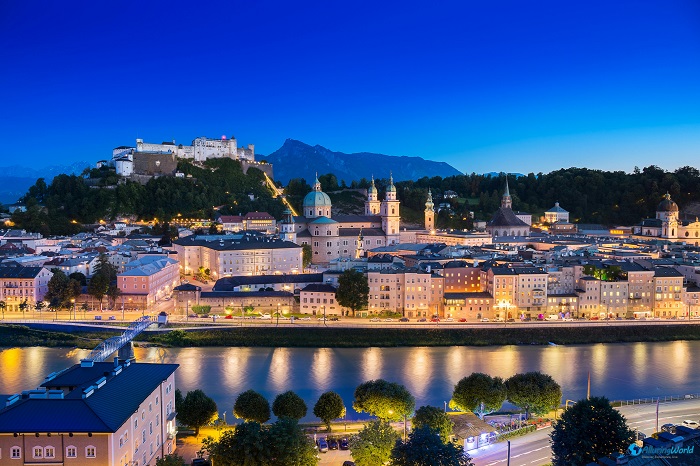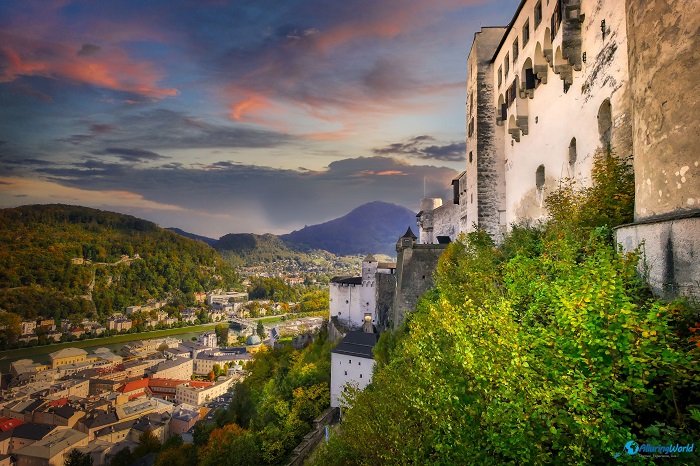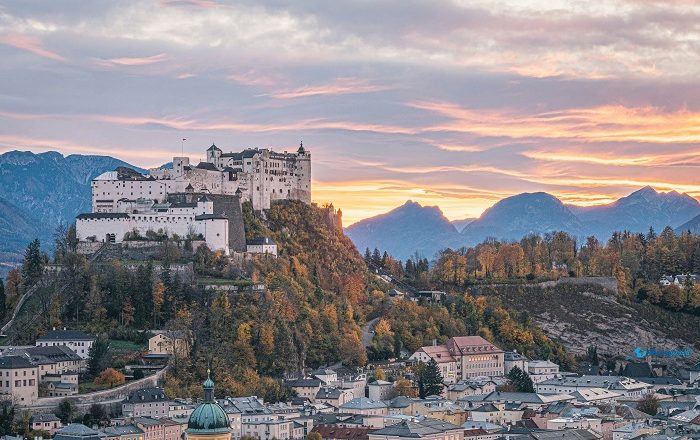Hohensalzburg Fortress is a majestic and historic medieval fortress that is situated atop the Festungsberg Hill in the city of Salzburg, within the western part of the Republic of Austria. Dominating the city’s skyline, the fortress is one of the largest and best-preserved medieval castles in Europe the fortress has stood for nearly a thousand years, witnessing centuries of history, culture, and architectural evolution, making it a must-visit destination for tourists and history enthusiasts.
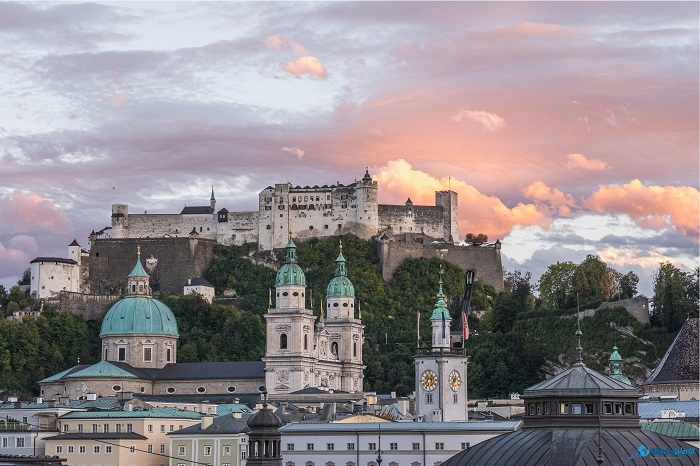
The origins of Hohensalzburg Fortress date back to 1077 when it was commissioned by Archbishop Gebhard von Helfenstein during the Investiture Controversy which was a conflict between the papacy and the Holy Roman Emperor. It was initially constructed as a basic defensive structure, the fortress was intended to protect the principality and its ruler from external threats, however, over the centuries, it underwent several expansions and renovations, transforming into the imposing fortress we see nowadays.
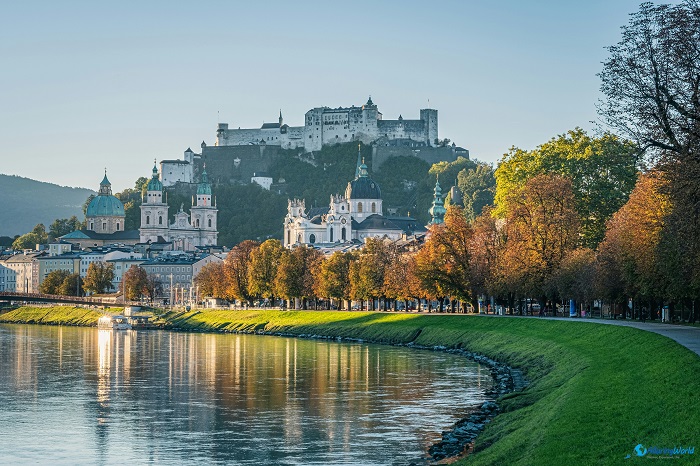
Major construction took place during the 15th and 16th centuries under the rule of Prince-Archbishops Leonhard von Keutschach and Paris Lodron. These influential figures expanded and fortified the fortress to withstand the advances of modern warfare, including artillery, and during their reigns, the fortress developed its distinct appearance, featuring thick stone walls, bastions, and towers that served both defensive and administrative functions.

The fortress’s architecture is a remarkable example of medieval military design because its walls stretch over 250 m (820 ft) in length and feature a variety of defensive structures, including a formidable series of gates and bastions. One of the most impressive aspects of the fortress is the Reckturm, a high tower that offers stunning panoramic views of Salzburg and the surrounding Alps, and the tower served as both a watchtower and a stronghold, embodying the fortress’s strategic significance.
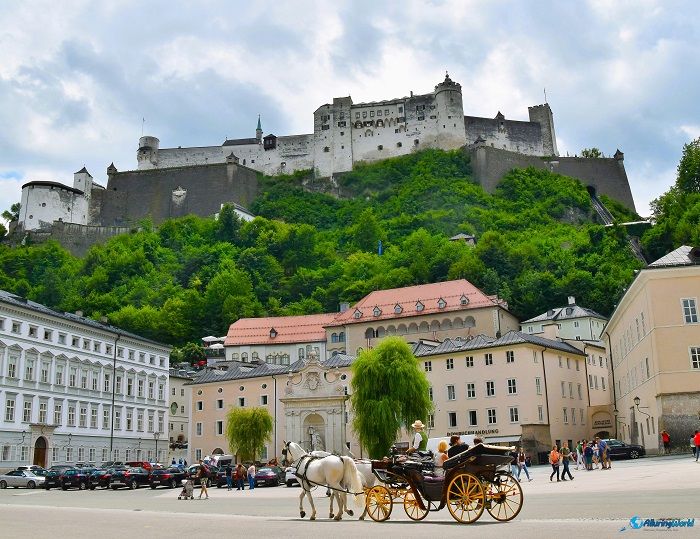
Within the fortress, visitors can explore the richness of history and culture that is embroidered within the walls. One of the more interesting features is the Princes’ Chambers, located within the complex, which showcases the opulence and power of the archbishops who once ruled Salzburg, these chambers feature intricate woodwork, ornate ceilings, and period furnishings that reflect the wealth and influence of the ecclesiastical rulers. Another impressive feature is the Golden Hall, which with its elaborate coffered ceiling and grandiose design, is considered a highlight of the chambers, emphasizing the importance of the fortress as a residence for the archbishops.
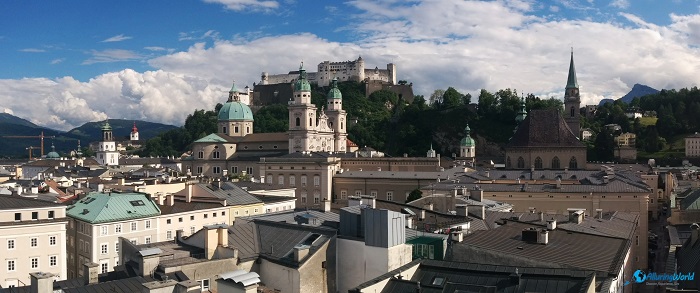
Another key attraction that is located within the fortress is the Fortress Museum, which provides insights into the history and development of Hohensalzburg over the centuries. From the numerous exhibits that can be seen here, there are exhibits that include medieval weaponry, historical artifacts, and displays detailing the fortress’s construction and expansion. Additionally, the museum also highlights the cultural and political significance of the fortress in the context of Salzburg’s history, offering visitors a deeper understanding of its role in shaping the region.

The fortress also houses the Marionette Museum, which celebrates Salzburg’s long-standing tradition of puppetry. What this museum showcases is a collection of historic marionettes, stage props, and costumes, highlighting the artistic and cultural heritage of the region, and visitors can learn about the craftsmanship and artistry involved in creating these intricate puppets, which have entertained audiences for generations.
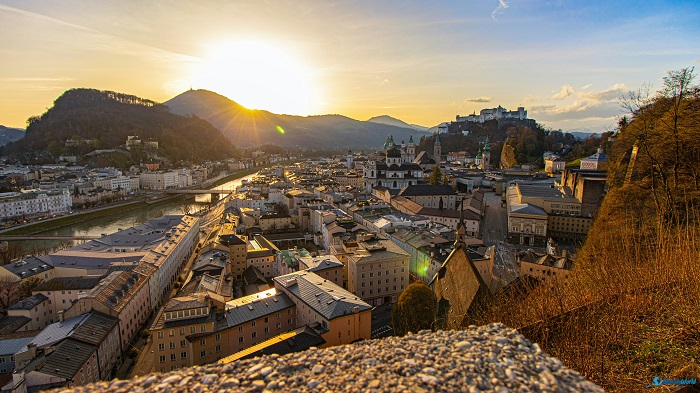
Overall, the Hohensalzburg Fortress has played a vital role in several historical events. During the German Peasants’ War in 1525, it served as a refuge for the archbishop, successfully withstanding the rebellion. This was a significant uprising that took place in the Holy Roman Empire, primarily within modern-day Germany which was fueled by widespread dissatisfaction among peasants and lower classes over economic hardships, feudal oppression, and the influence of the Protestant Reformation, which questioned traditional religious and social hierarchies.
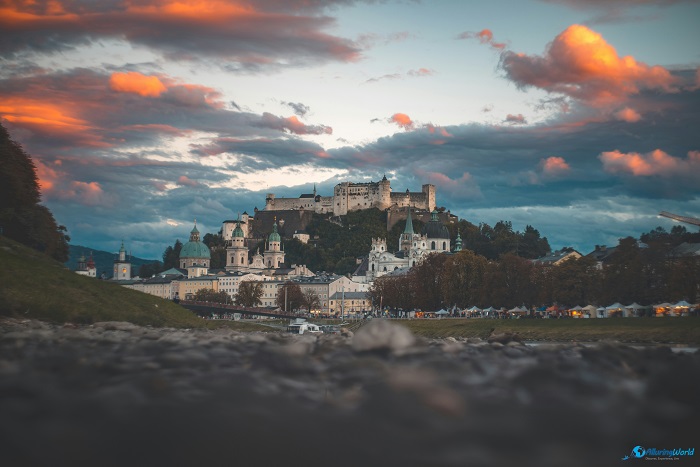
The peasants, inspired by reformist ideas and emboldened by religious figures like Martin Luther, sought to end serfdom, reduce taxes, and improve their living conditions. During this war, it was the Archbishop of Salzburg, Matthäus Lang von Wellenburg, who sought refuge in the Hohensalzburg Fortress to escape the violent unrest spreading throughout the region. As the fortress was strategically positioned atop the Festungsberg hill, it provided the required and much-needed secure stronghold against the rebelling peasants. While besieged, the archbishop was able to withstand the attacks due to the fortress’s formidable defenses and remained protected until the uprising was suppressed.

As the fortress’s formidable defenses were never breached, it earned the reputation as one of Europe’s most impregnable castles and it further ensured the security of Salzburg’s rulers and contributed to the stability and prosperity of the region with its strategic location and architectural strength.
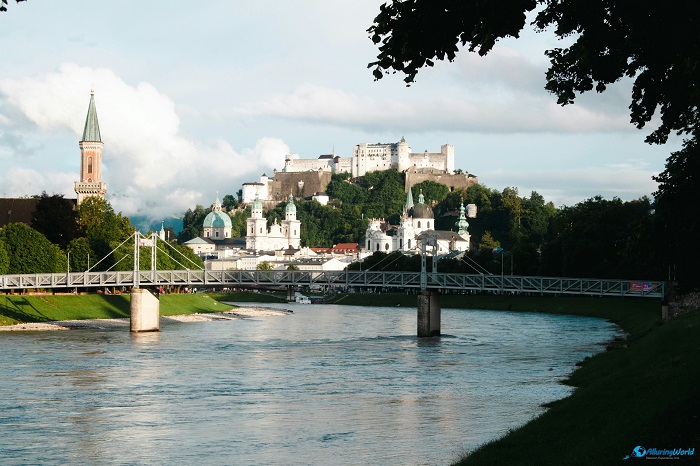
Today, the fortress is a UNESCO World Heritage Site, attracting visitors from around the world who come to explore its history, architecture, and breathtaking views. It is accessible via a funicular railway that ascends the steep Festungsberg Hill, offering a convenient and scenic route to the top, but the funicular also provides a unique perspective on the fortress and the city below, enhancing the overall experience for visitors.
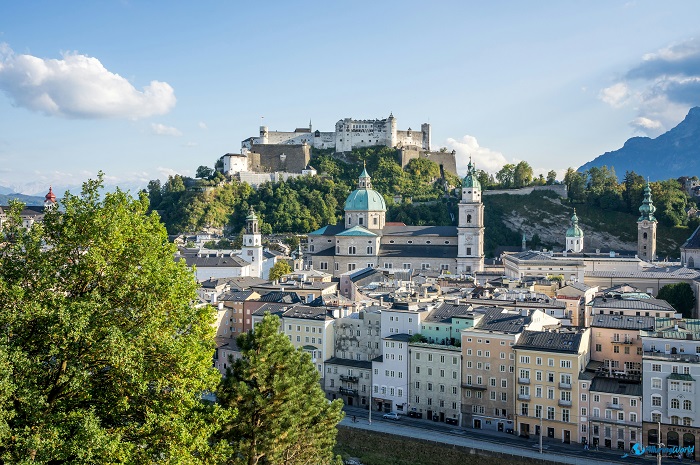
To top it all, Hohensalzburg Fortress also serves as a cultural venue, hosting a variety of events and performances throughout the year. The fortress’s atmospheric surroundings provide a unique setting for concerts, festivals, and other cultural activities, drawing both locals and tourists alike, and the annual Salzburg Festival, one of the world’s most prestigious music festivals, often includes performances within the fortress, showcasing its enduring role as a center of art and culture.
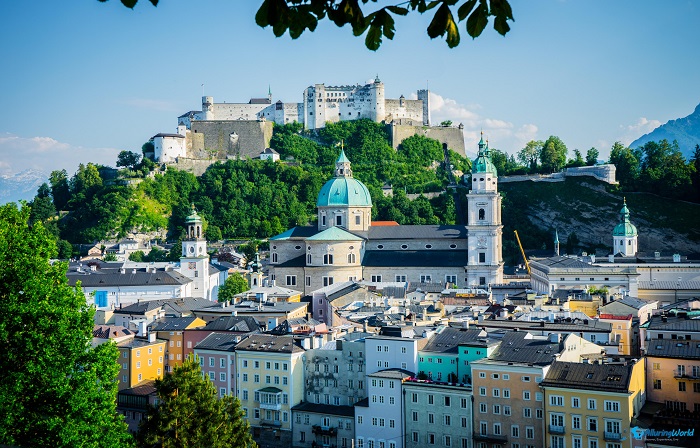
Besides its historical and cultural significance, the fortress offers stunning natural beauty. From its elevated position, visitors can enjoy panoramic views of Salzburg’s old town, the Salzach River, and the surrounding Alpine peaks, and as the breathtaking scenery provides a perfect backdrop for photography, it makes the fortress a popular destination for capturing the beauty of Salzburg and its environs.

All in all, the Hohensalzburg Fortress is more than just a historical site; it is a symbol of Salzburg’s resilience, heritage, and enduring cultural significance. Its rich history, architectural grandeur, and cultural offerings make it a captivating destination for anyone interested in exploring the fascinating past of this remarkable city, whether you’re delving into the history of the archbishops, enjoying a concert within its ancient walls, or simply taking in the stunning views, Hohensalzburg Fortress offers an unforgettable experience that embodies the spirit of Salzburg.
